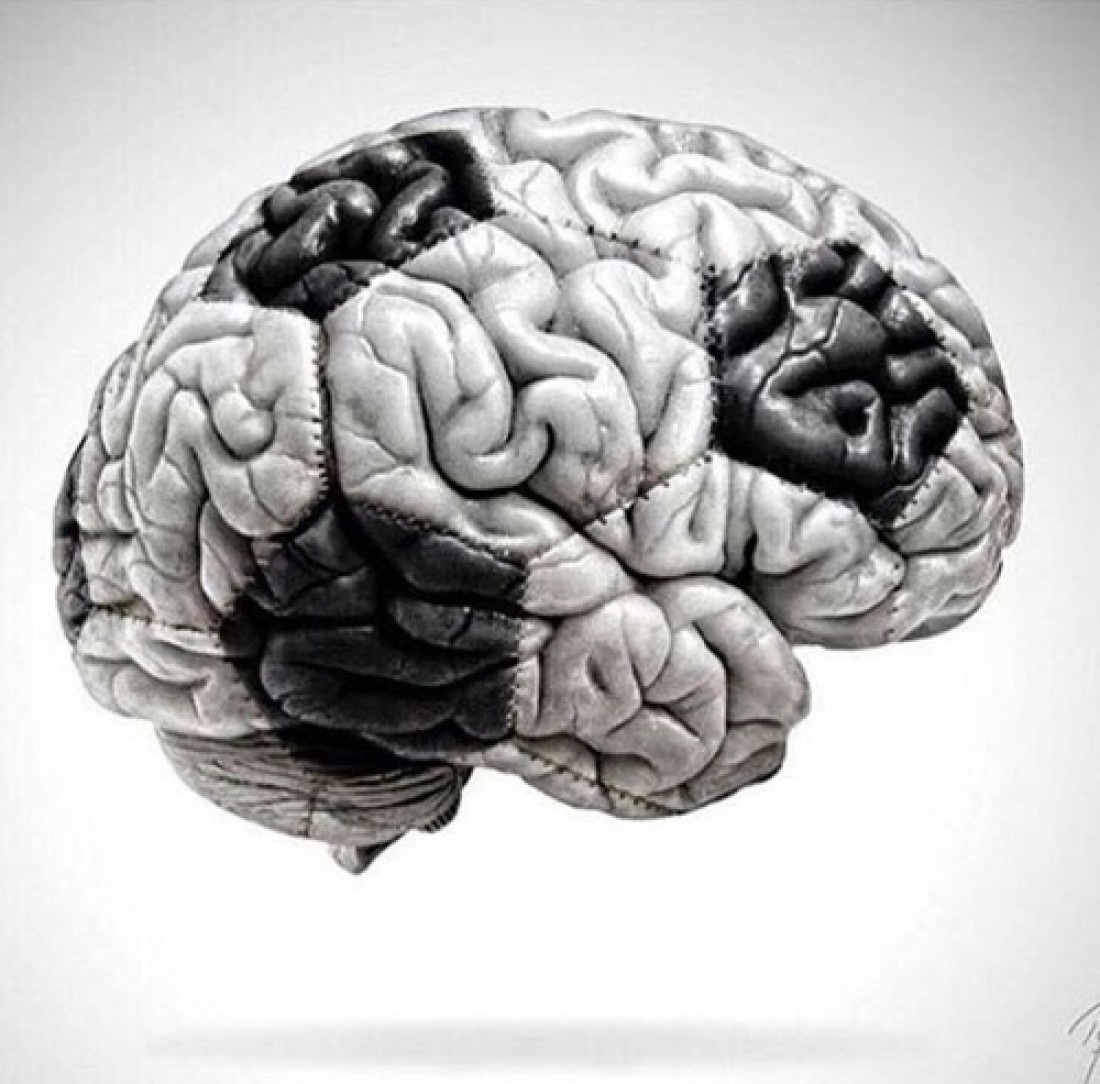Coaching can be a tough job. Long hours, time away from friends and family on evenings and weekends, travel, and the ever-present stress of the dreaded “soccer parent.”
In spite of all of these challenges, the coaching profession can also be very rewarding – and among the most regarding aspects of the job has to be the experience of watching athletes develop and learn new skills and abilities.
Helping players to learn new motor skills – and specifically, facilitating the change that occurs in the period of time between the initial introduction of these skills to a player, and the same player’s improved ability to execute these skills in a competitive setting – is probably the most exciting and gratifying aspect of the job.
Determining how best to coach players in order to achieve the largest motor learning effect, then, is the greatest challenge for youth soccer coached in Canada.
Among the misconceptions in the educational field are the myths that individuals are either “left-brained” (rational and objective) or “right brained” (intuitive and creative), and they will perform better or worse at certain tasks based on this categorization; and that there are specific “learning styles” (visual, auditory, and kinesthetic) and individuals will learn better and faster if their teaching is done in their preferred learning style.
Unfortunately, as has been pointed out by Psychologist Bradley Busch in his article titled ‘Four Neuromyths That are Still Prevalent in Schools – Debunked’ neither of the above-mentioned myths are backed up by any scientific evidence.
A recent comprehensive literature review by Pashler et al. (2008) concluded that – despite “enormous popularity” of the learning styles approach in the educational systems of various different countries around the world – there is a lack of credible evidence to support the myth that applying different teaching styles to individuals with different learning styles leads to better actual learning.
In fact, the study found that the teaching methods shown to be the most effective for eliciting learning effects were those that involved a combination of teaching styles in a small-to-large group setting.
Thus, based on the evidence, there is no reason to think that teaching needs to be individualised to each learner. On the contrary, a balanced teaching protocol, including a combination of auditory, visual, and kinesthetic lessons, is the optimal teaching style.
So what does this have to do with soccer and the acquisition of soccer skills?
Ostensibly, the same theory that applies to learning in general, should also apply to the learning of soccer skills. Soccer coaches, who are the teachers of soccer skills, should do their best to learn and apply the concepts gleaned from scientific research in the field of learning and motor learning, rather than relying on myths, pseudoscience, or out-dated coaching methodology.
As a coach and teacher of the game, the best way to teach is and will always be to use proven, objective, science-based teaching methods. Just because a proposed methodology – such as the “learning styles” method – seems like it makes sense and would work, does not mean it should be accepted and followed unquestionably.
All teaching methodologies – old or new – should be scrutinized by scientists, teachers, coaches, and anyone else involved in any form of education. The decision to adopt and follow a specific methodology should only be made after carefully reviewing the evidence about it, as well as its applicability to the specific population it is to be applied to.
The “learning styles” neuromyth should not be considered by educators – including soccer coaches – until it has been proven to be an effective way to teach students and/or athletes. Youth soccer coaches and fitness coaches should try to incorporate a balanced teaching style, including auditory, visual, and kinesthetic learning strategies, in order to suit the varied needs of every individual and maximize motor learning within their team.
Below is a link to the article referenced above, written by Bradley Busch and published on The Guardian website last week:
I’d love to hear your thoughts about this topic. Drop me a line here to get the conversation started!


Leave A Comment